Você está tentando reduzir seus custos de importação, mas as altas taxas de envio por triciclo elétrico estão prejudicando seus lucros. Isso torna mais difícil competir no mercado local.
Suas opções de importação são CBU (Completely Built-Up), SKD (Semi-Knocked-Down) e CKD (Completely Knocked-Down). A melhor escolha depende do volume do seu pedido, da capacidade de montagem local e dos impostos de importação do seu país sobre peças versus veículos acabados, impactando diretamente no seu custo final.
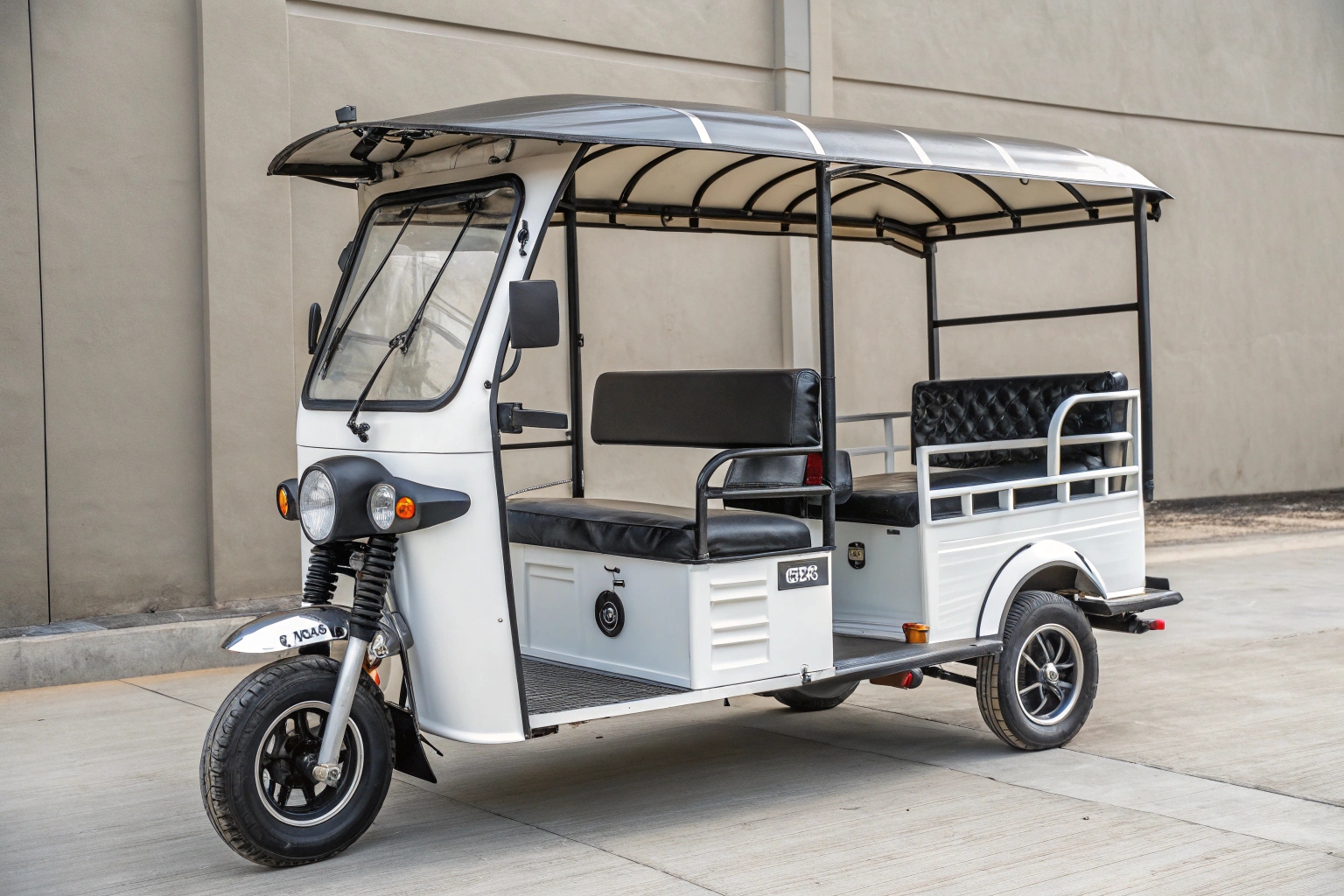
Escolhendo como será seu veículos elétricos de 3 rodas são enviados é uma das decisões financeiras mais importantes que você tomará. Afeta tudo, desde custos de frete até taxas de importação e tempo de montagem final. Como fábrica, preparamos remessas nos três formatos todos os dias. Vejamos o que cada opção significa para você, para que possa escolher aquela que faz mais sentido para o seu negócio.
O que significa importação de CBU para veículos elétricos de 3 rodas?
Você precisa de triciclos elétricos prontos para venda ou uso imediato. Gastar tempo e dinheiro em montagem local não é uma opção para o seu modelo de negócios no momento.
CBU significa que o veículo elétrico de 3 rodas é importado totalmente montado e pronto para dirigir. É o método de importação mais simples, não necessitando de montagem local, perfeito para importadores que desejam vender ou implantar veículos direto do contêiner.
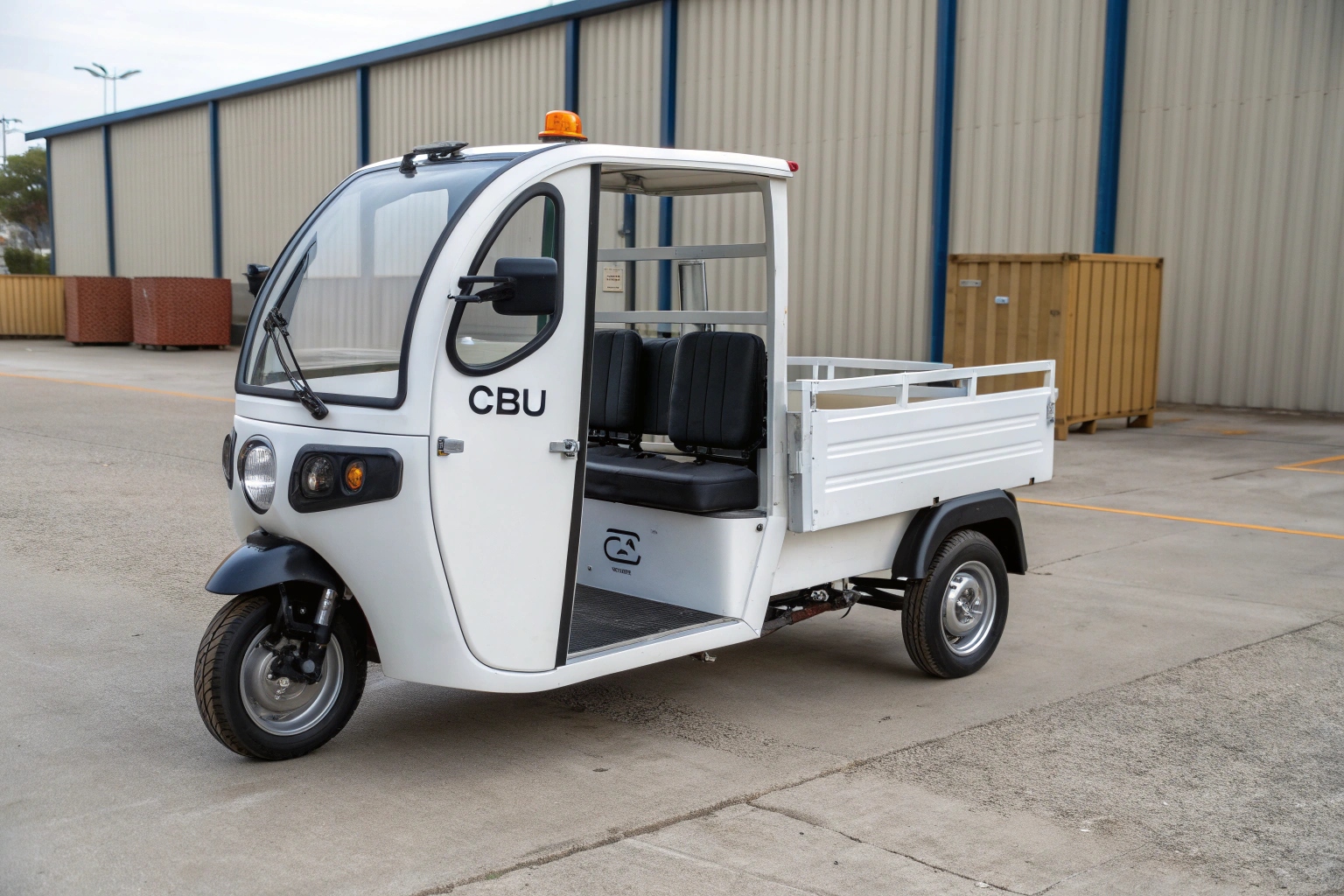
CBU, ou Completamente Construído, é a maneira mais direta de importar. Quando o contêiner chega, você descarrega o veículo, carrega-o rapidamente e ele está pronto para partir. O principal benefício é a conveniência. Não há desafios técnicos ou dores de cabeça de montagem. Porém, essa comodidade tem um preço: frete. Um triciclo elétrico totalmente montado ocupa muito espaço. Para alguns de nossos modelos maiores e resistentes de triciclos elétricos de carga com estruturas soldadas integradas, o CBU é a única opção porque eles não podem ser desmontados com eficiência. Em um contêiner padrão de 40 pés, você pode acomodar apenas de 10 a 14 dessas unidades CBU. Este método é melhor para distribuidores que precisam de modelos de showroom imediatos, projetos governamentais com prazos apertados ou pequenas empresas que compram apenas uma ou duas unidades para suas próprias operações.
| CBU (completamente construído) | Prós | Contras |
|---|---|---|
| Conjunto | Nenhum é necessário | - |
| Frete | - | Maior por unidade |
| Bom para | Uso imediato, pedidos pequenos | - |
| Ruim para | - | Importadores de grande volume |
Como funciona a importação SKD para veículos elétricos de 3 rodas?
O envio de CBU é muito caro por unidade, mas você não tem uma configuração completa de fábrica para montagens complexas. Você precisa de um meio-termo que economize dinheiro sem ser muito difícil.
SKD significa que o veículo elétrico de 3 rodas é enviado parcialmente montado. Construímos componentes importantes, como chassi e trem de força, enquanto peças como cabine, rodas e caixa de carga são embaladas separadamente para economizar espaço de transporte.
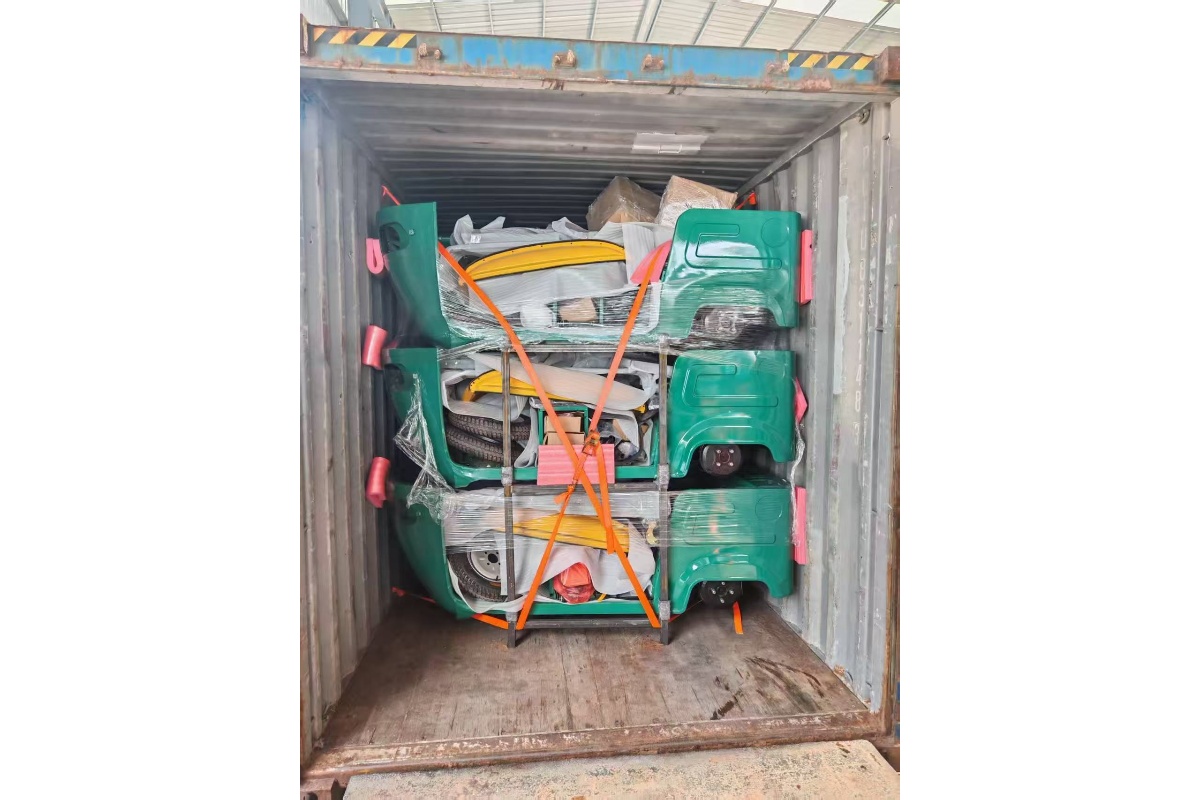
SKD, ou Semi-derrubado, é o equilíbrio perfeito para muitos de nossos clientes. É a nossa opção mais popular para distribuidores B2B em lugares como Filipinas e Peru. Fazemos a maior parte do trabalho complexo em nossa fábrica. Por exemplo, com nossos táxis tuk-tuk elétricos ou caminhões de lixo elétricos, enviamos a estrutura principal com motor, eixos e controlador já instalados. Em seguida, embalamos as rodas, assentos, teto e portas separadamente ao longo da estrutura. Esta simples mudança tem um impacto enorme na densidade do transporte. Em vez de 10 a 14 unidades CBU, um contêiner de 40 pés agora pode conter de 28 a 35 unidades SKD. A montagem final é simples e geralmente leva algumas horas para um mecânico local com ferramentas básicas. Não há soldagem ou fiação complexa envolvida, apenas aparafusamento das peças finais. Isto torna a SKD a escolha ideal para importadores que desejam reduzir significativamente o custo do frete por veículo, mas não querem investir em uma linha de produção completa.
Quais são os benefícios e desafios da importação de CKD para veículos elétricos de três rodas?
Você é um distribuidor em grande escala, mas as altas tarifas de importação do seu país sobre veículos acabados estão destruindo as suas margens de lucro e tornando-o menos competitivo no mercado.
CKD, ou Completely Knocked-Down, envolve a importação do veículo elétrico de três rodas como um conjunto completo de peças individuais. Isto oferece o máximo carregamento do contêiner e pode levar a taxas de importação mais baixas, já que as peças são frequentemente tributadas a uma alíquota mais baixa.
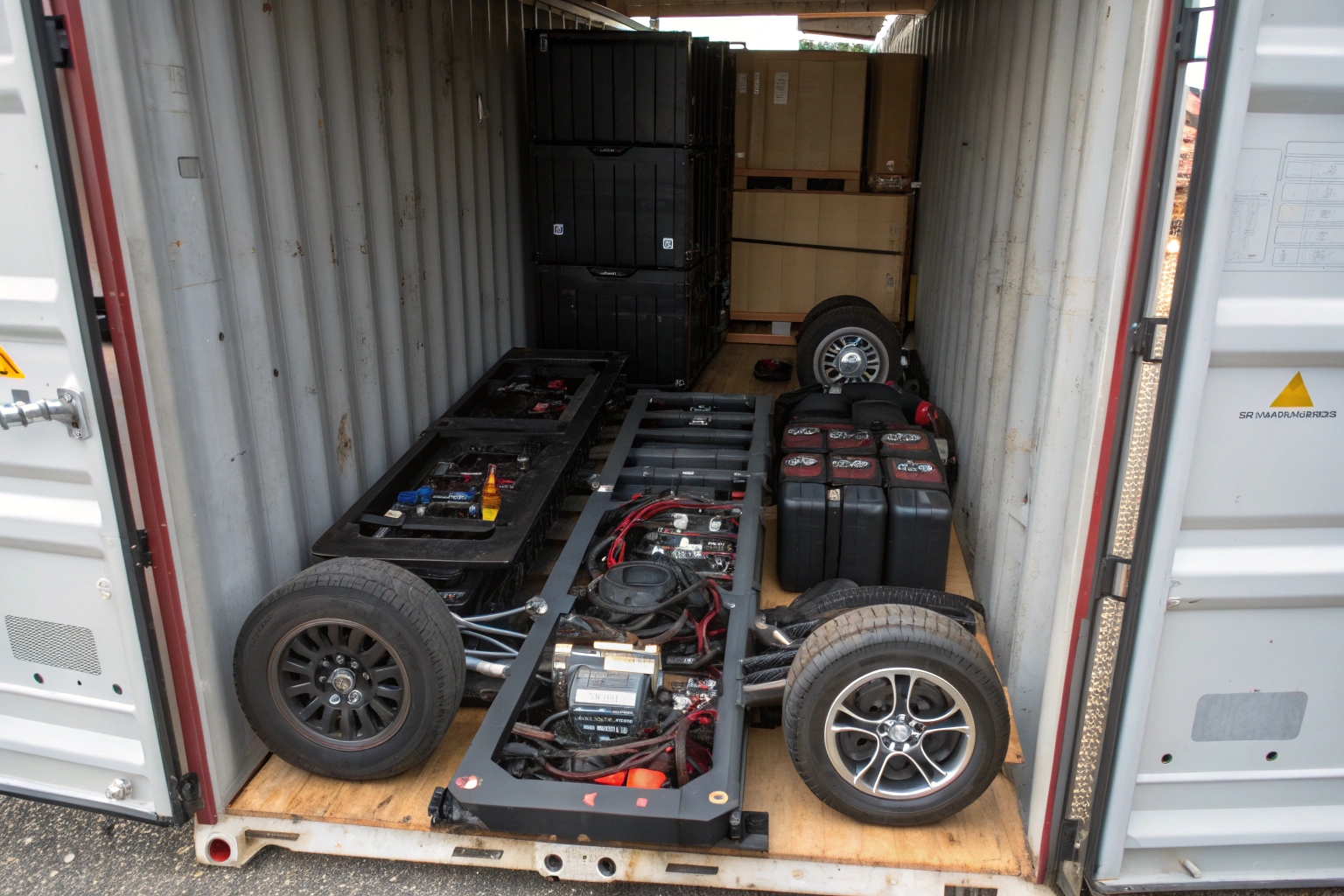
DRC é a escolha definitiva para maximizar espaço e minimizar custos, mas requer um compromisso sério. Com o CKD, desmontamos o veículo inteiro em seus componentes principais – quadro, motor, controlador, baterias, rodas, porcas e parafusos são todos embalados separadamente. Para um modelo como o nosso tuk-tuk de carga elétrico aberto, onde a caixa de carga e o guiador são facilmente removidos, podemos acomodar 50 a 60 unidades num único contentor de 40 pés de altura. Isso é uma virada de jogo para o seu custo por unidade. Mais importante ainda, muitos países querem incentivar empregos locais. Eles fazem isso estabelecendo taxas de importação mais baixas sobre peças de veículos em comparação com veículos totalmente construídos. Os meus clientes no Quénia e na Nigéria poupam muito em impostos desta forma. O desafio? Você precisa de uma linha de montagem, trabalhadores treinados e um bom controle de qualidade. Isto não é para iniciantes; destina-se a importadores de alto volume que constroem um negócio de longo prazo com montagem local.
Como os importadores devem escolher entre CBU, SKD e CKD para veículos elétricos de 3 rodas?
Você ainda não tem certeza se CBU, SKD ou CKD é a estratégia de importação certa para o seu negócio. Fazer a escolha errada pode gerar custos elevados ou dores de cabeça operacionais.
Escolha CBU para baixo volume ou uso imediato. Escolha SKD para um bom equilíbrio entre economia de envio e montagem simples. Opte pelo CKD se você for um importador de grande volume e com linha de montagem, visando minimizar custos de frete e taxas de importação.
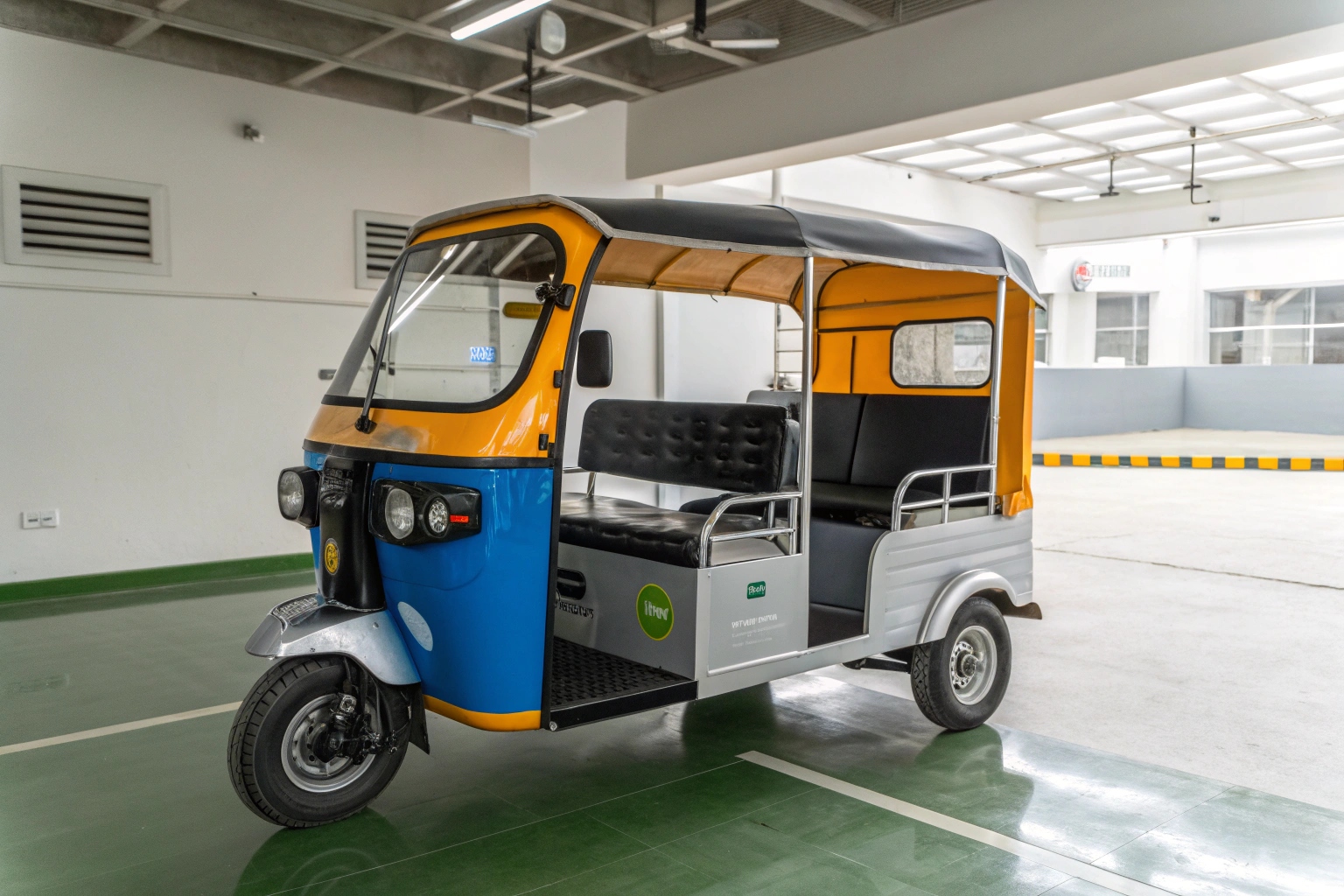
A escolha certa depende do seu modelo de negócios específico. Quando um novo parceiro em potencial fala comigo, sempre faço três perguntas para ajudá-lo a descobrir o melhor caminho a seguir. Antes de fazer seu próximo pedido, pergunte-se as mesmas perguntas para ter certeza de que está se preparando para o sucesso.
- Qual é o volume do seu pedido? Você está pedindo duas unidades ou duzentas? Para pedidos pequenos de 1 a 5 unidades, o CBU é a escolha mais lógica. Para pedidos de carregamento completo de contêineres, SKD ou CKD reduzirão drasticamente o custo de envio por unidade e o tornarão mais competitivo.
- Quais são suas capacidades de montagem? Seja honesto sobre o que você pode suportar. Se você não tem oficina ou mecânico, opte pela CBU. Se você tem uma equipe pequena com ferramentas básicas, o SKD é perfeito. Se você tiver instalações de montagem dedicadas e mão de obra qualificada, a CKD oferece o maior potencial de lucro.
- Quais são os seus impostos de importação locais? Isto é crítico. Você deve falar com um despachante aduaneiro local. Solicite o imposto de importação sobre um triciclo elétrico completo (Código HS 8711.60) versus o imposto sobre peças de veículos. A diferença pode ser de milhares de dólares por contêiner.
Conclusão
Sua estratégia de importação – CBU, SKD ou CKD – impacta diretamente seus custos e competitividade. Analise seu volume, capacidade de montagem e impostos locais para escolher o caminho mais rentável para o seu negócio.

